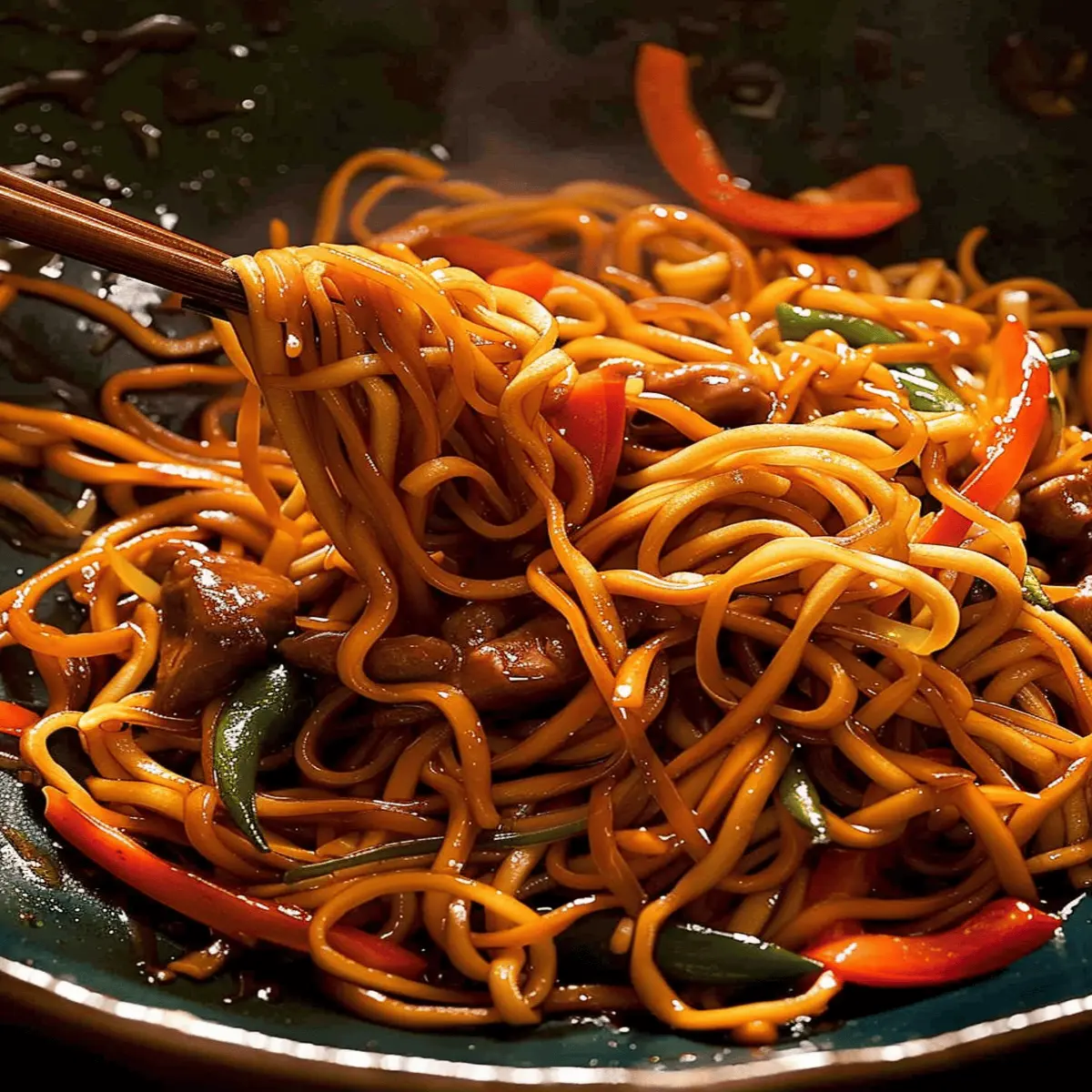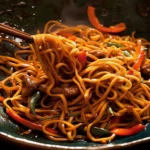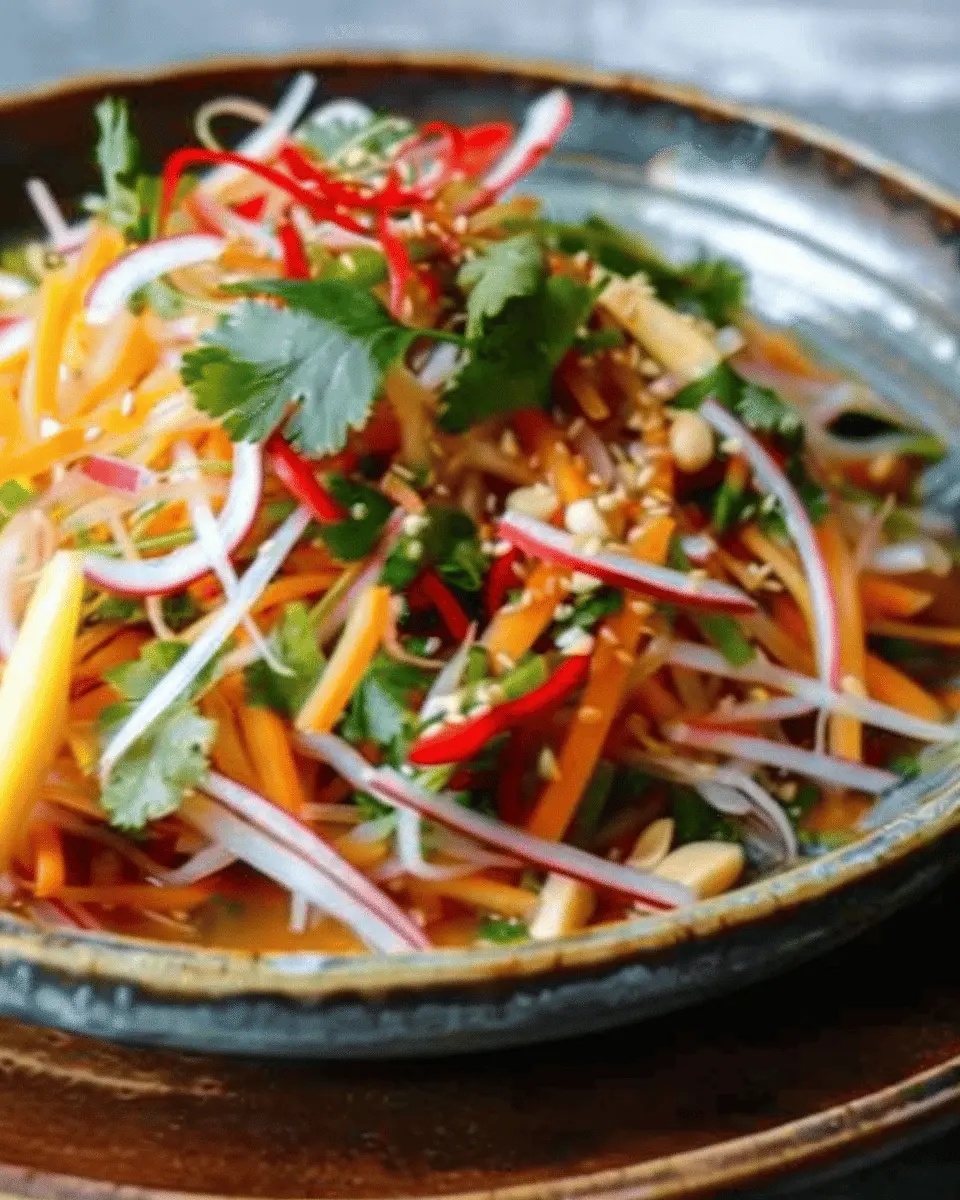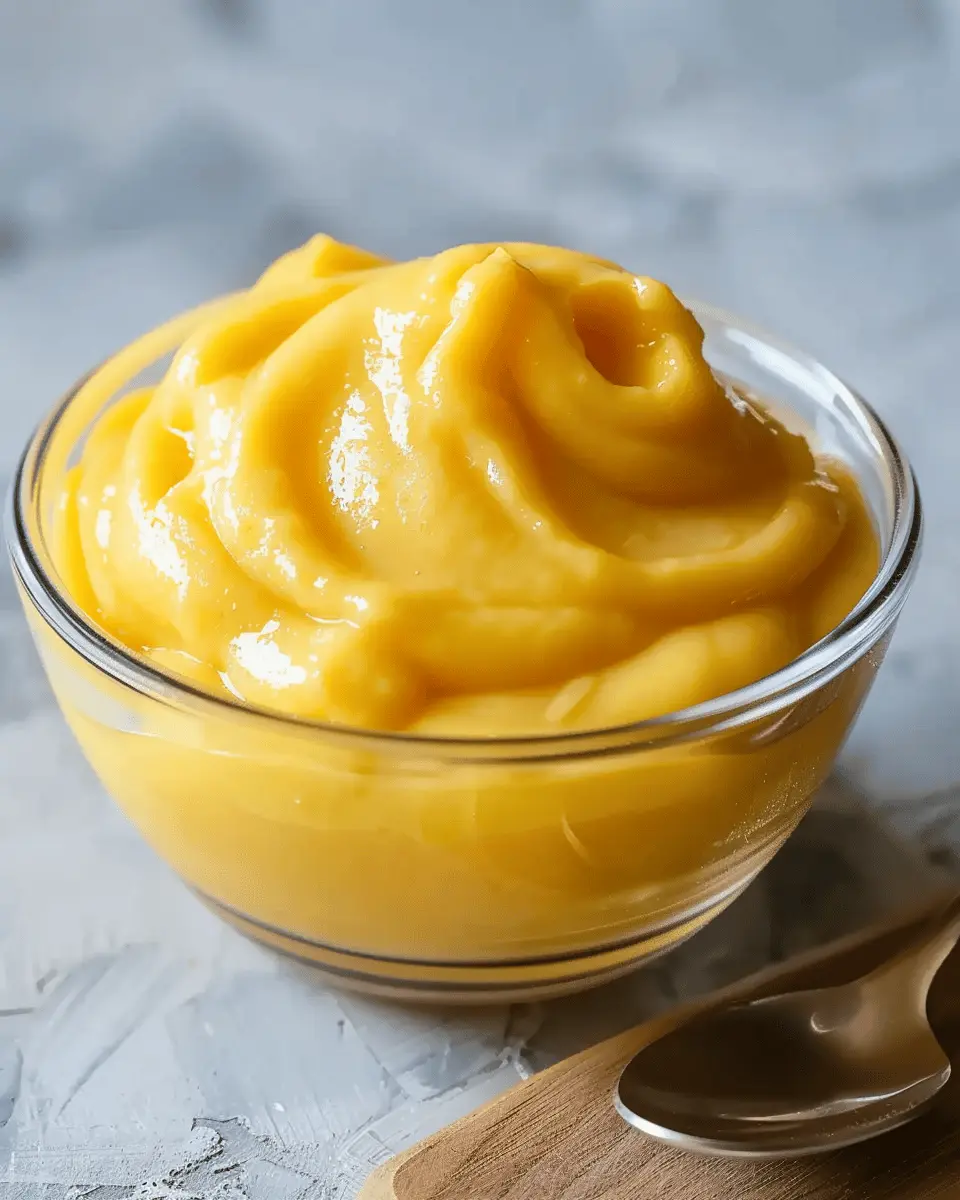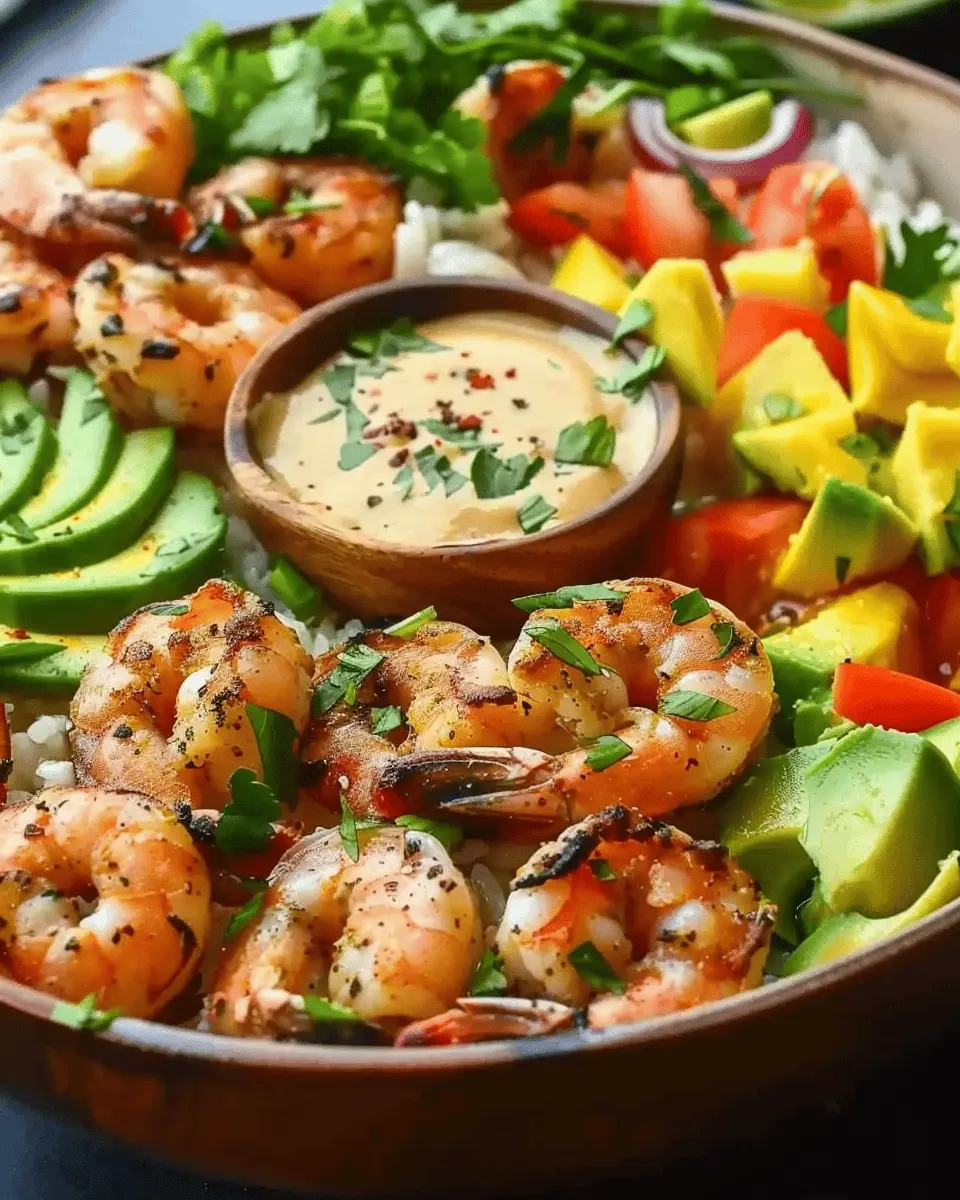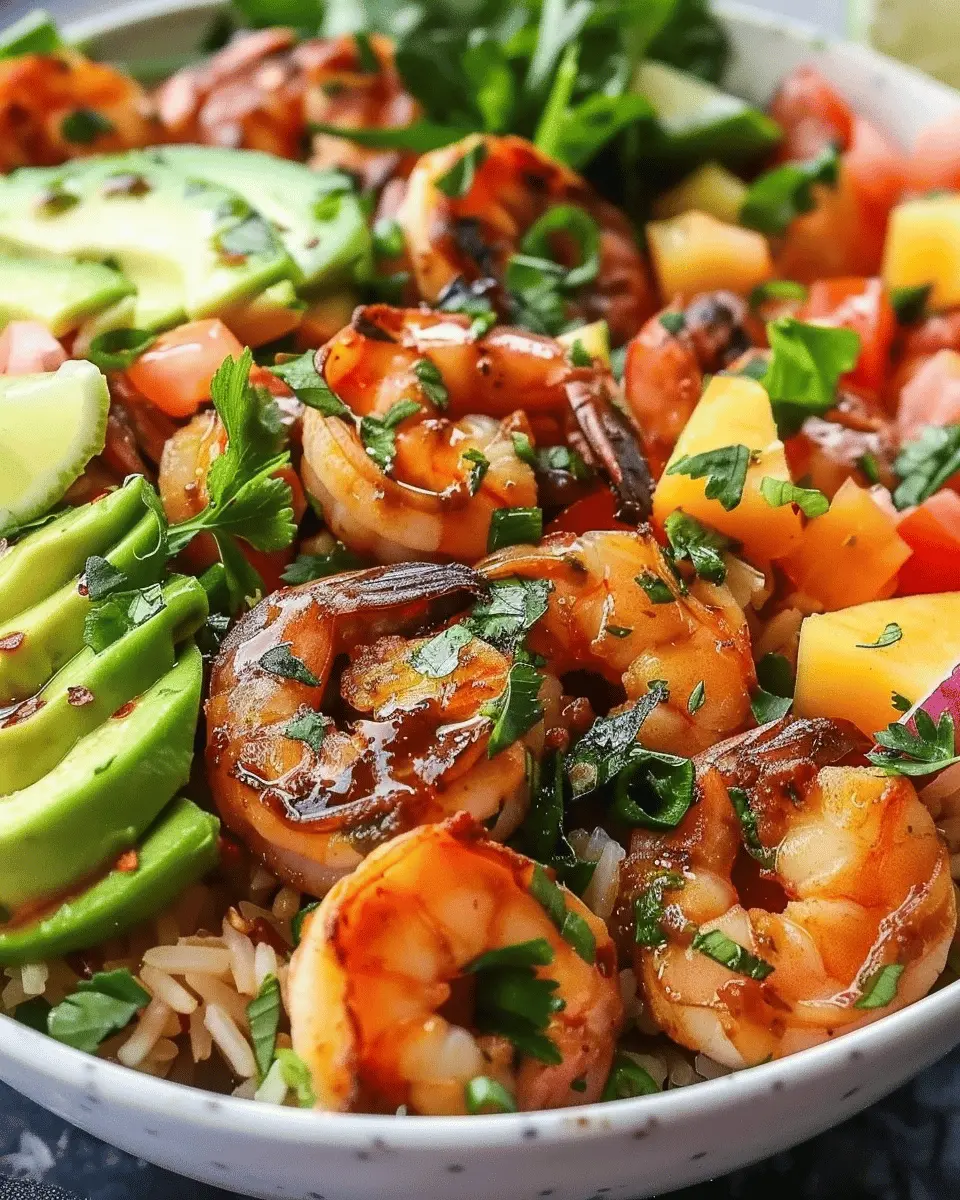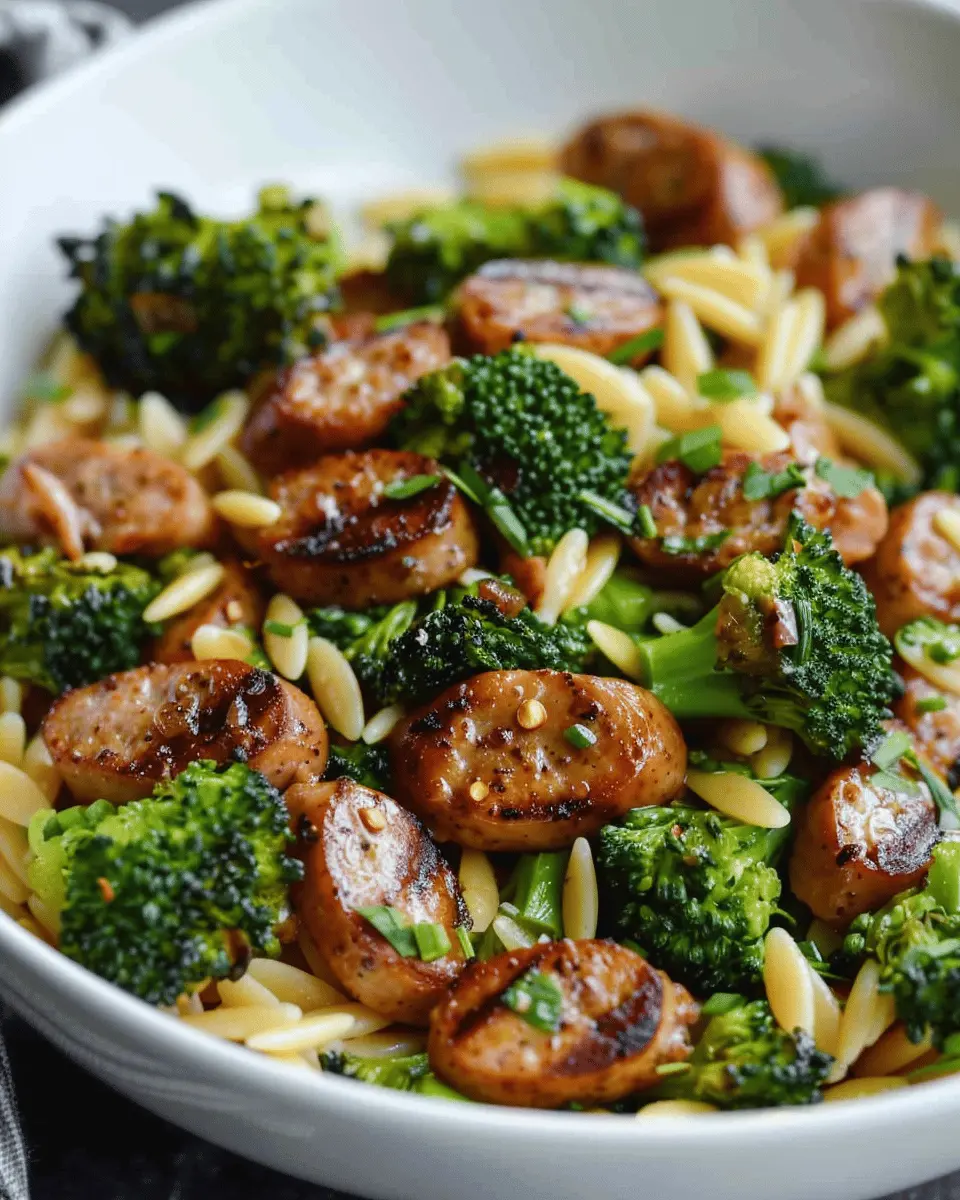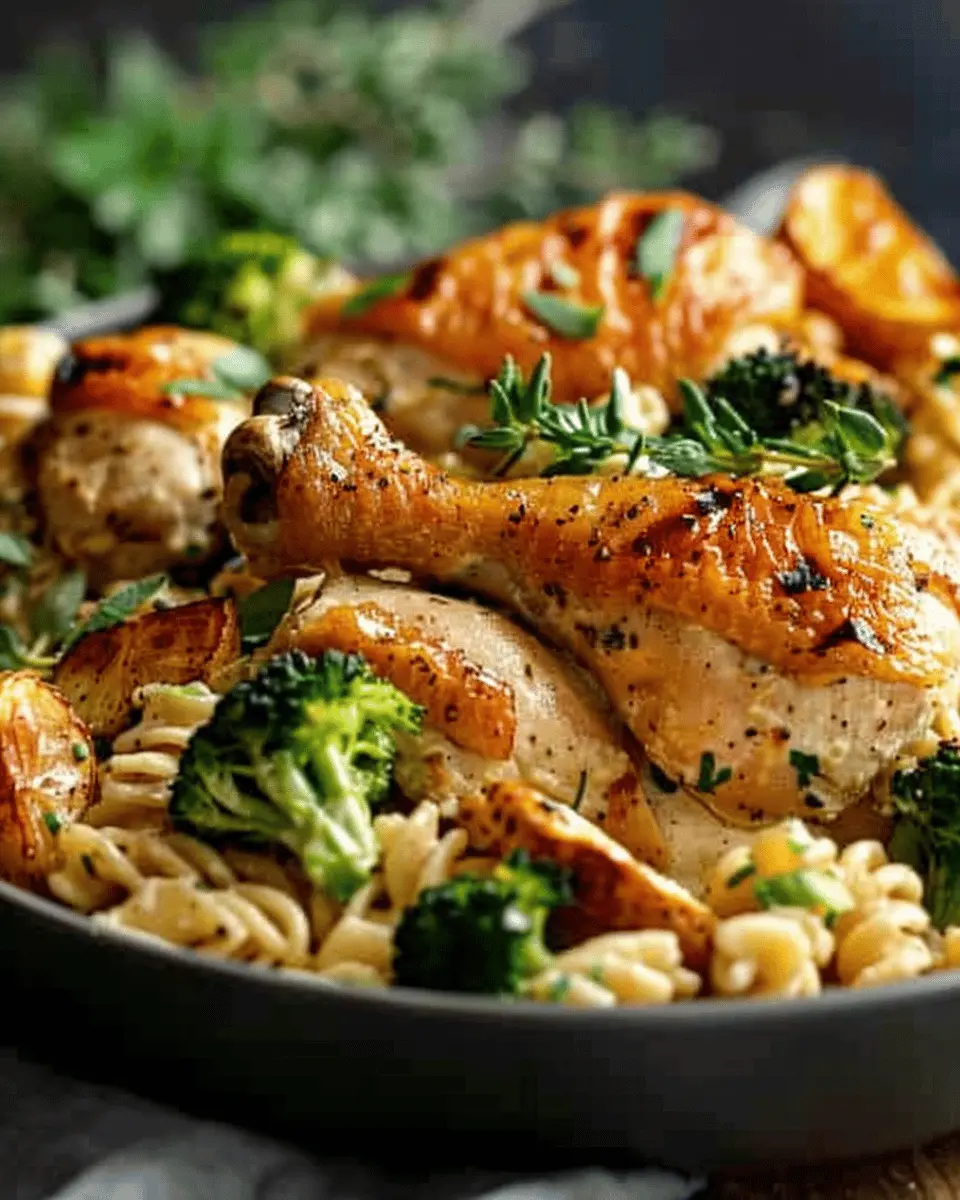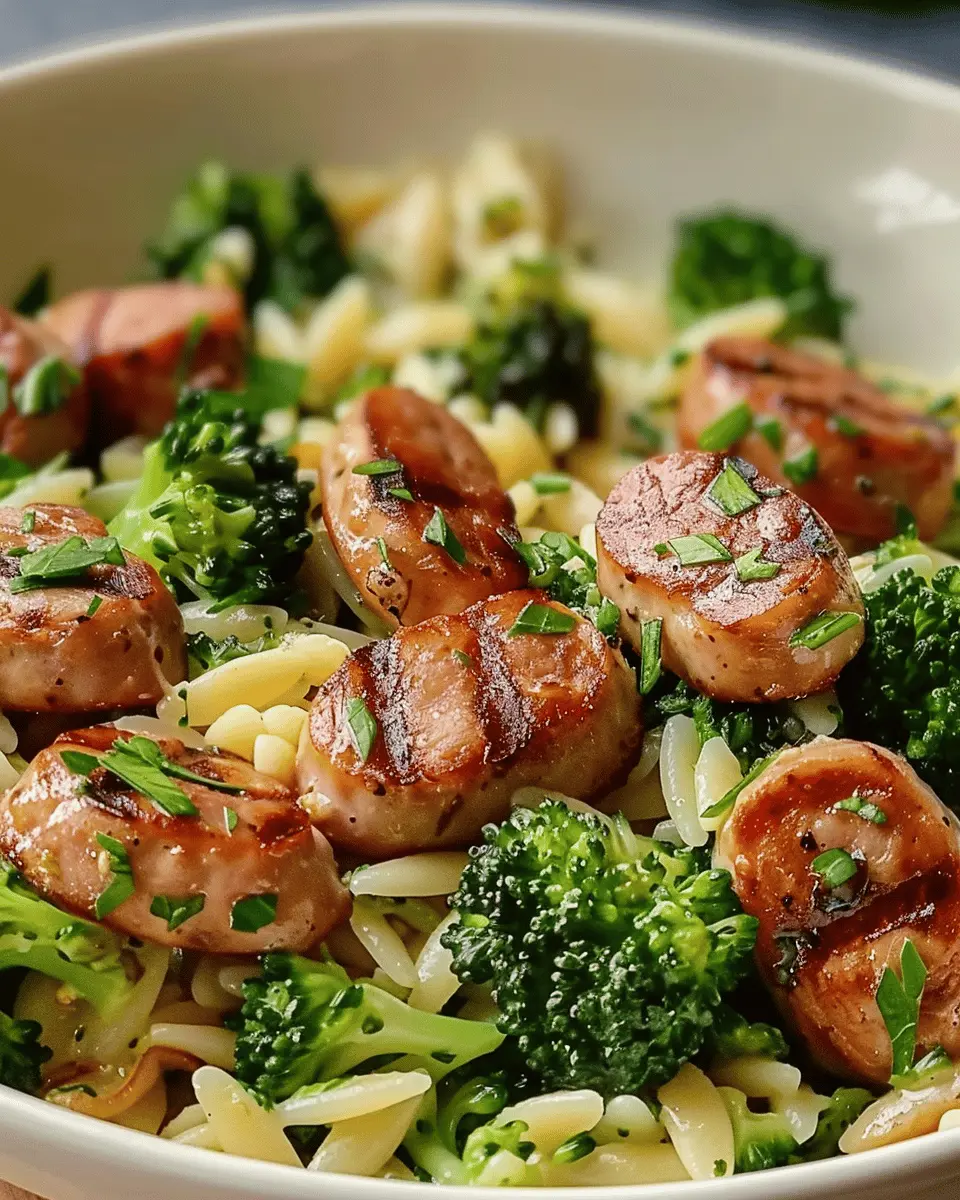Introduction to Lo Mein Noodles
A Personal Journey into the World of Lo Mein Noodles
I still remember the first time I ever tried lo mein noodles. It was a rainy Saturday afternoon, and I had just moved to a new city for work. Feeling adventurous, I wandered into a nearby Chinese restaurant and decided to order something I’d never tried before. When the waiter presented me with a steaming bowl of lo mein, the slightly chewy noodles tossed with vibrant vegetables and savory sauce captivated me instantly.
As I took my first bite, I felt a wave of warmth and comfort—a feeling reminiscent of home-cooked meals shared with friends. That experience ignited my love for cooking, specifically for dishes like lo mein that can be personalized with whatever you have on hand. Since then, I’ve embraced the art of making lo mein at home, honing my skills and experimenting with flavors. It quickly became a go-to dish on busy weeknights.
The Joy of Homemade Meals Over Fast Food
In a world dominated by convenience, fast food often seems like an easy option. However, there’s immense satisfaction in making meals from scratch. Homemade dishes allow for creativity and a connection to the food, fostering healthier eating habits. According to a study from the American Journal of Preventive Medicine, those who cook at home eat healthier overall and enjoy a lower risk of obesity.
Consider the benefits of preparing lo mein noodles yourself:
- Control Over Ingredients: You can choose fresh, high-quality veggies and proteins, making it healthier than takeout.
- Celebrate Flavor: Customize your sauce to match your tastes—experiment with soy sauce, sesame oil, or even spicy chili paste.
- Time to Connect: Cooking can be a great way to unite family or friends, turning meal prep into a fun social activity.
So, why not give yourself a break from the hustle and bustle and try making your own lo mein? Not only will it save you money, but it will also reward you with delicious, satisfying meals tailored to your taste. Plus, whipping up a homemade version can be quicker than waiting for fast food delivery! Start your culinary adventure and discover why lo mein noodles are a timeless favorite.
For more insights into the richness of homemade meals, check out this Healthline article.
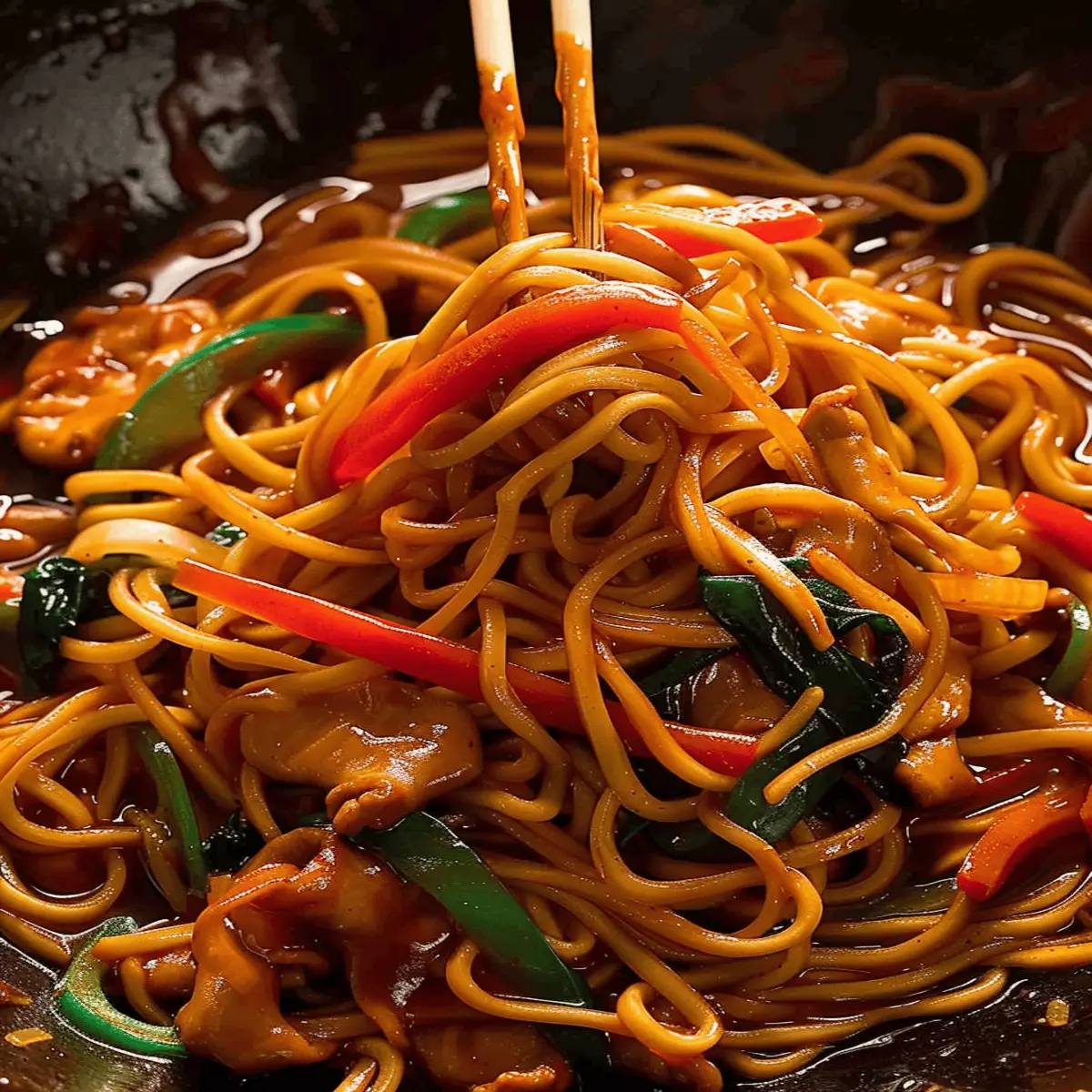
Ingredients for Lo Mein Noodles
Essential ingredients for classic lo mein
Creating the perfect lo mein noodle dish starts with some key ingredients that capture the essence of this beloved meal. Here’s a list of what you’ll need:
- Lo Mein Noodles: These are the star of the show. You can find fresh or dried noodles in most grocery stores, or even try homemade versions if you’re feeling adventurous.
- Vegetables: Traditional choices include bell peppers, carrots, and bok choy. Feel free to toss in any favorites like broccoli or snap peas!
- Protein: Chicken, beef, shrimp, or tofu are popular options. Choosing a good protein adds both flavor and substance.
- Soy Sauce: This is essential for that umami flavor that brings everything together.
Want to explore more about the origins of these ingredients? Check out this article on Asian cooking staples.
Optional ingredients for added flavor
Once you’ve got your essentials, consider these optional ingredients to elevate your lo mein noodle experience:
- Sesame Oil: A drizzle goes a long way in enhancing richness.
- Chili Paste: Spice lovers can add a kick with this versatile ingredient.
- Green Onions: Not just for garnish, they add a fresh taste that’ll brighten your dish.
- Mushrooms: They introduce a wonderful earthiness that compliments the other flavors beautifully.
Experimenting with these optional ingredients can make your lo mein truly yours! Wouldn’t it be fun to see what flavors you can create?
Preparing Lo Mein Noodles
Making lo mein at home is a delightful endeavor, and it’s easier than you might think! Whether you’re serving it for a cozy night in or a dinner party, following these simple steps will help you whip up a delicious, savory lo mein noodle dish that will impress. Let’s dive into the preparation process!
Gather and Prep Your Ingredients
Before you begin, it’s essential to have everything ready. This will make your cooking process smooth and enjoyable. Here’s what you need:
- Lo mein noodles: Look for fresh noodles at your local Asian grocery store, or opt for dried noodles if that’s all you can find. Both work well!
- Vegetables: Popular choices include bell peppers, broccoli, carrots, and snap peas. Feel free to use whatever you have on hand.
- Protein: Chicken, beef, shrimp, or tofu are all great options.
- Sauce: The classic sauce is a combination of soy sauce, oyster sauce, and a pinch of sesame oil. You can customize it further with garlic, ginger, or chili paste.
- Extras: Don’t forget green onions and sesame seeds for garnish!
Having everything prepped—washed, chopped, and measured—allows you to focus on cooking without feeling rushed. If you’re not sure where to start with ingredients, check out this guide on Asian vegetables to help inspire your choices.
Cook the Lo Mein Noodles Al Dente
Let’s talk noodles! The key to a perfect lo mein lies in cooking them just right.
- Boil water: Bring a large pot of salted water to a rolling boil.
- Add noodles: Cook the fresh lo mein noodles for about 3-4 minutes, or if using dried, follow the package instructions (usually about 8-10 minutes).
- Check for al dente: They should be tender but still have a slight bite—this is essential as they will continue cooking when you stir-fry them later.
- Drain and rinse: Drain the noodles, and rinse them under cold water to stop the cooking and to prevent sticking.
Cooking the noodles al dente is a game-changer! It ensures they hold up to the stir-frying and don’t become mushy in the final dish.
Stir-Fry the Vegetables and Protein
While your noodles are cooking, now is the perfect time to stir-fry your veggies and protein.
- Heat your wok or skillet: Add a splash of oil over medium-high heat—canola or peanut oil works great for high-heat cooking.
- Add protein first: If you’re using chicken, beef, or shrimp, cook until browned and fully cooked through (about 5-7 minutes).
- Toss in the vegetables: Add the harder vegetables first, such as carrots and broccoli, then follow with softer ones like bell peppers. Stir-fry until they’re vibrant and slightly tender, about 3-4 minutes.
By cooking your ingredients separately and at different times, you allow each component to shine in the dish.
Combine Noodles with Sauce and Other Ingredients
Now for the fun part: combining everything!
- Add the cooked noodles: Toss them into the pan with your stir-fried protein and vegetables.
- Pour the sauce: Drizzle your pre-made soy and oyster sauce combination over the top.
- Mix thoroughly: Use tongs or chopsticks to toss everything together, making sure the noodles are coated evenly.
This technique not only infuses the lo mein noodles with flavor but also ensures that every bite is a perfect blend of ingredients.
Toss and Serve the Lo Mein
Final touches make all the difference!
- Garnish: Serve your lo mein hot, garnished with sliced green onions and a sprinkle of sesame seeds for that beautiful finish.
- Enjoy: Whether enjoyed solo or shared with friends, take this moment to savor your delicious creation. Pair with your favorite side dishes for a complete meal.
And there you have it! You’ve just prepared a fantastic lo mein dish from scratch. It’s a delightful way to bring a taste of Asian cuisine to your dinner table. Who knew preparing lo mein noodles would be such an enjoyable journey?
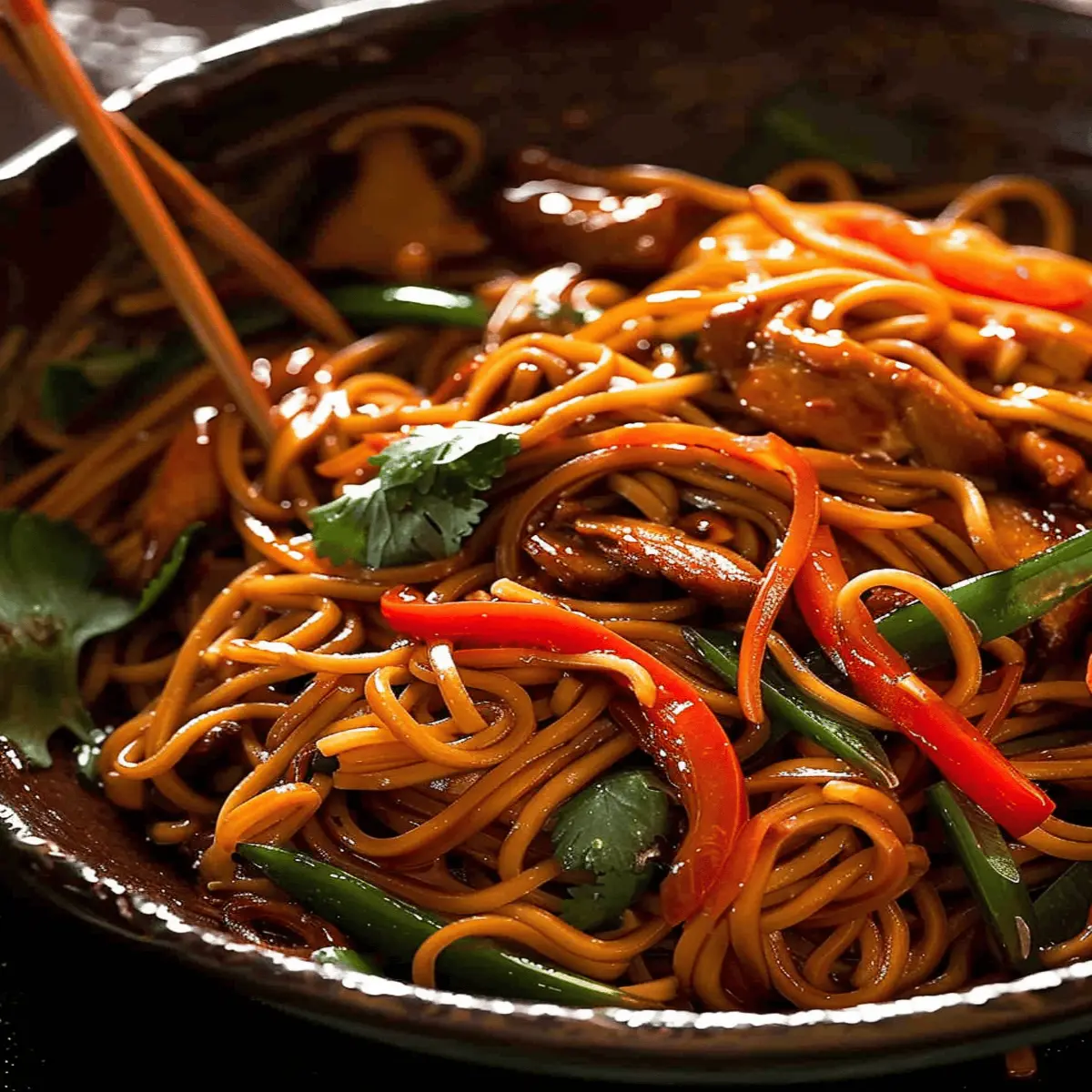
Variations on Lo Mein Noodles
When it comes to lo mein noodles, the beauty lies in their versatility. You can easily customize this delightful dish to fit your preferences, dietary choices, and what you have on hand. Let’s explore some delicious variations that will suit every palate!
Vegetable Lo Mein for a Healthy Twist
If you’re looking to introduce more veggies into your diet, vegetable lo mein is a fantastic option! Packed with vibrant greens like bok choy, bell peppers, and carrots, this version is not only colorful but also bursting with nutrients.
- Tip: Toss in some nutritional yeast for a cheesy flavor without the dairy.
- Idea: Substitute whole grain or rice noodles for an even healthier base.
For more inspiration on incorporating veggies, check out ChooseMyPlate.gov.
Chicken or Beef Lo Mein for Heartier Options
For those days when you need a little more heft, chicken or beef lo mein will satisfy your hunger beautifully. Juicy, marinated chicken or succulent beef strips complement the chewy lo mein noodles perfectly.
- Marinade Recommendation: Try soy sauce, ginger, and sesame oil for maximum flavor.
- Cooking Tip: Sauté your protein in batches for a perfect sear without overcrowding the pan.
Not sure how to cook proteins like a pro? Delve into some expert cooking techniques at Serious Eats.
Vegan Lo Mein Alternatives
Remember, staying plant-based doesn’t mean sacrificing flavor! Vegan lo mein noodles can be made using tofu, tempeh, or seitan as your protein base.
- Flavor Boosters: Use coconut aminos or a splash of sriracha for that extra zing.
- Creative Add-Ins: Think fresh herbs like cilantro or Thai basil to elevate the dish!
With these variations, it’s easy to see how lo mein noodles can shine in numerous ways. So, what will you whip up tonight?
Cooking Tips and Notes for Lo Mein Noodles
Best practices for cooking noodles
Cooking lo mein noodles perfectly can elevate your dish from good to outstanding! Start with plenty of boiling water—think a big pot to give those noodles space to move. Adding a pinch of salt not only flavors the noodles but also helps in achieving that perfect texture. Remember to cook the noodles uncovered and stir occasionally to prevent sticking. For the best results, follow the package instructions carefully, usually around 3-4 minutes will do the trick. After draining, run them under cold water to stop the cooking process and prevent them from becoming mushy.
For more on noodle cooking techniques, check out this Comprehensive Guide to Noodle Cooking.
Tips for making the sauce flavorful
A well-crafted sauce is the heart of your lo mein noodle dish. Start with a strong base; soy sauce and sesame oil are essential. For depth, add oyster sauce or a splash of hoisin sauce. Don’t forget to incorporate finely chopped garlic and ginger for that fresh kick! A dash of rice vinegar can brighten the flavors, while a pinch of sugar balances out the salty notes. Don’t be shy—taste as you go, adjusting to your personal preference.
Curious about enhancing your sauces? Discover insights at Serious Eats’ Sauce Essentials.
Now you’re all set! With these tips, making delicious lo mein noodles at home will be a breeze.
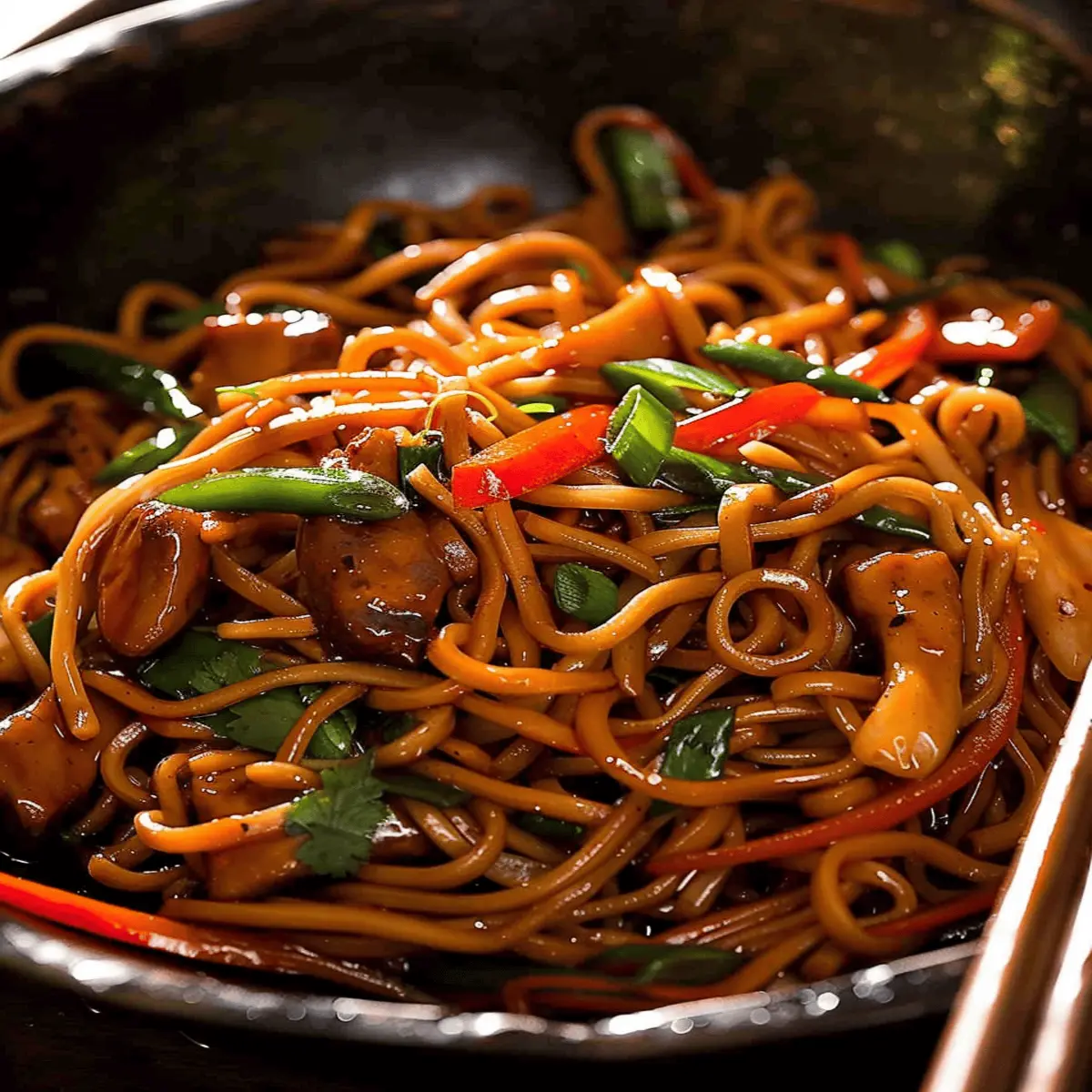
Serving Suggestions for Lo Mein Noodles
Creative Ways to Present Your Lo Mein
When it comes to serving lo mein noodles, presentation can elevate your dish from simple to sensational. Consider using a colorful plate or bowl that makes the vibrant ingredients pop.
- Nestled Upgrade: Serve your noodles in a twirled nest, topped with fresh green onions and sesame seeds for a touch of elegance.
- Color Palette: Mix in brightly colored vegetables like bell peppers and carrots, adding visual appeal and nutritional value.
Want to learn more about plating? Check out this helpful guide on food presentation.
Pairing Suggestions for Complete Meals
To transform your lo mein noodles into a well-rounded meal, consider these pairing options:
- Protein Options: Grilled chicken, shrimp, or tofu are perfect complements, each adding a unique flavor profile. According to the Harvard T.H. Chan School of Public Health, including protein enhances satiety.
- Side Dishes: Serve alongside steamed dumplings or a fresh cucumber salad for a refreshing crunch.
Creating a delicious and satisfying meal is easier than you think when you focus on complementary flavors and diverse textures. So, how will you present your next lo mein experience?
Time Breakdown for Making Lo Mein Noodles
Preparation Time
Getting those delicious lo mein noodles ready takes about 15 minutes. You’ll need to gather your ingredients such as vegetables and sauces, and chop them up for cooking. A well-organized kitchen can make this step a breeze—consider putting on your favorite upbeat playlist to keep things fun!
Cooking Time
The actual cooking process for your lo mein noodles is quick, clocking in at approximately 10-12 minutes. This includes boiling the noodles and stir-frying your veggies and protein. If you’re using fresh ingredients, the vibrant flavors really shine through in this short span.
Total Time
All in all, you’re looking at around 30 minutes from start to finish! Perfect for a weeknight dinner when you’re short on time but don’t want to compromise on flavor. For those eager to dive into more depth about noodle-making, check out this guide on various noodle types for inspiration.
So, are you ready to whip up a delightful bowl of homemade lo mein noodles? Let’s get cooking!
Nutritional Facts for Lo Mein Noodles
Calories and Serving Size
When it comes to enjoying lo mein noodles, portion control is key. A standard serving size, typically around 1 cup (about 140 grams), contains approximately 200 calories. While it may seem indulgent, the calorie content can vary based on preparation methods and the ingredients added, such as vegetables and proteins.
Key Nutrients in Lo Mein
Lo mein noodles, while delicious, can also pack in a few essential nutrients:
- Carbohydrates: A primary energy source, with about 40 grams per serving, perfect for powering your day.
- Protein: Depending on what you add, you can boost this with chicken, shrimp, or tofu, making your meal more satisfying.
- Dietary Fiber: Adding vegetables can enhance the fiber content, promoting digestive health.
For more detailed guidelines on noodles, check out sources like the USDA FoodData Central for an in-depth breakdown of nutritional values and benefits. Eating mindfully and including a variety of ingredients can help you enjoy your favorite lo mein noodle dish while maintaining a balanced diet.
FAQs about Lo Mein Noodles
Can I use different types of noodles for lo mein?
Absolutely! While traditional lo mein noodles are made from wheat flour and egg, you can experiment with other types of noodles. Here are some alternatives:
- Egg noodles: These are very close in texture and taste to lo mein noodles.
- Rice noodles: A great gluten-free option, though the dish will turn out with a different texture.
- Soba noodles: Made from buckwheat, providing a nuttier flavor profile.
Feel free to get creative! Just keep in mind that cook times might vary depending on the noodle type you choose.
What sauces pair well with lo mein noodles?
When it comes to sauces, the world is your oyster! Here are some popular choices:
- Soy sauce: The classic base that complements the noodles wonderfully.
- Oyster sauce: Adds a rich, savory depth.
- Hoisin sauce: Offers a sweet and tangy flavor.
- Sesame oil: A drizzle adds a lovely nuttiness.
Experimenting with these sauces can elevate your dish. For more ideas, check out Serious Eats for comprehensive options that emphasize flavor balance.
How do I store leftover lo mein?
Storing leftover lo mein is straightforward! Here’s how to keep it fresh:
- Cool it down: Allow your leftovers to cool at room temperature for about 30 minutes.
- Use an airtight container: This will help maintain flavor and prevent the noodles from drying out.
- Refrigerate: Store it in the fridge for up to 3-4 days.
When you’re ready to enjoy it again, simply reheat in a pan with a splash of water or sauce to rejuvenate those noodles. Need more tips on storing? Head to FoodSafety.gov for best practices.
Conclusion on Lo Mein Noodles
Recap of Why Lo Mein is a Great Homemade Meal
Homemade lo mein is not just a delightful dish; it’s a versatile canvas for personal expression in the kitchen. With its chewy texture and ability to absorb flavors, it’s an ideal base for your favorite proteins and fresh vegetables. Plus, preparing it at home saves you money and allows you to control ingredients, making it a healthier option compared to takeout. In fact, according to a study by the Food Lab, homemade meals can be up to 75% healthier than restaurant alternatives.
Encouragement to Experiment with Recipes
Don’t be afraid to get creative! Try adding different sauces or spices to your lo mein noodle dish. Ever thought about a hint of sesame oil or a sprinkle of chili flakes for heat? Your kitchen is your playground. Explore various vegetables or even make a vegetarian version with tofu. For more inspiration, check out resources like Serious Eats or Bon Appétit. Your journey into homemade lo mein could lead to delightful discoveries that impress your friends and taste buds alike!
PrintLo Mein Noodle Magic: Easy, Flavor-Packed Comfort in a Bowl
A delicious and easy Lo Mein Noodle recipe that is packed with flavor, perfect for a comforting meal.
- Prep Time: 10 minutes
- Cook Time: 15 minutes
- Total Time: 25 minutes
- Yield: 2 servings 1x
- Category: Main Course
- Method: Stir-frying
- Cuisine: Chinese
Ingredients
- 8 ounces Lo Mein noodles
- 2 tablespoons soy sauce
- 1 tablespoon sesame oil
- 1 cup mixed vegetables
- 2 cloves garlic, minced
- 1 teaspoon ginger, grated
- 2 green onions, sliced
Instructions
- Cook the Lo Mein noodles according to package instructions.
- In a large pan, heat the sesame oil over medium heat.
- Add garlic and ginger, stir-fry for 1 minute.
- Add mixed vegetables and stir-fry until tender.
- Add the cooked noodles and soy sauce, stir until well combined.
- Garnish with sliced green onions before serving.
Notes
- For a spicy kick, add chili flakes.
- Try adding protein such as chicken or tofu for a heartier dish.
Nutrition
- Serving Size: 1 serving
- Calories: 400
- Sugar: 5 grams
- Sodium: 800 milligrams
- Fat: 15 grams
- Saturated Fat: 2 grams
- Unsaturated Fat: 10 grams
- Trans Fat: 0 grams
- Carbohydrates: 60 grams
- Fiber: 3 grams
- Protein: 10 grams
- Cholesterol: 0 milligrams
Keywords: Lo Mein Noodle, noodle recipe, easy recipe, comfort food

